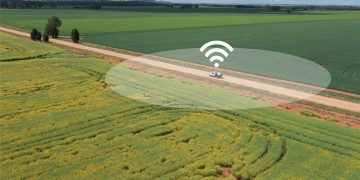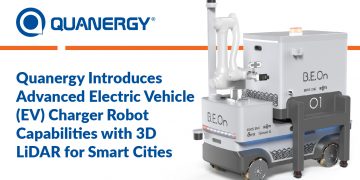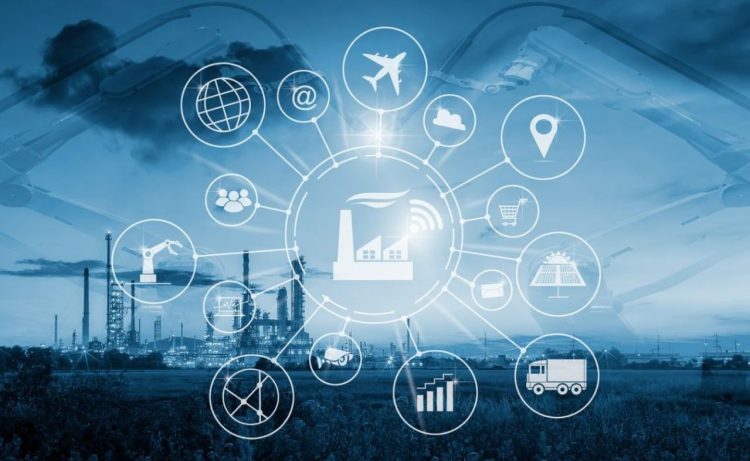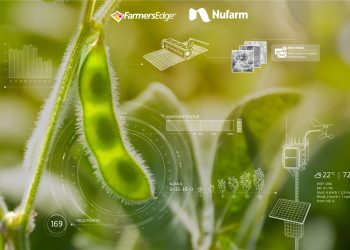In the distant past, industry was based on tradesmen. Each artisan would work on a different part, and when the entire crew brought their components together to create the finished product. This process was sped up during the Industrial Revolution. The different components passed through an assembly line, which brought them to the next specialist that incrementally finalizes the product.
While these advancements are responsible for the increased prosperity of the 20th Century, it is not without its weaknesses. The biggest weakness of the assembly line is that it is slow to react to change. Once a process has been started, it will produce finished products in a rapid pace, oblivious to whether a market for the finished product exists or not. These excess and unwanted products represent sunk costs. Resources were spent to produce them, promote them, store them, but due to inadequate demand, only a fraction of the spent cost will be recovered. This problem made manufacturing scramble for solutions, and the internet of things is one such possibility.
The internet of things is dependent on the rapid collection and processing of relevant data. This only came about due to a number of factors. Firstly, internet communication costs have decreased. People now can get data connection speeds that were prohibitively expensive 25 years ago. Secondly, the processing power of computers have increased. Modern computers have processors that were considered pipe dreams during the early days of computing. Lastly, internet infrastructure has evolved due to cloud services. These improvements have made it easy to collect data, send data, store data, and then process data into relevant information.
It is this processed information from big data which is so important to the internet of things. The information can be used to make decisions of whether to continue or stop production of a certain product line. Due to increased computing power, this can be up to date, in real time. This savings is just the tip of the iceberg.
With the increasing automation of production, individual components are built by machines, and the machines themselves can be integrated in the internet of things. This offers multiple benefits to the production line. Individual machine performance can be tracked by computers, resulting in proper metrics for production. Whenever there is a dip in the performance, the machine can undergo preventive maintenance. This predictive maintenance will result in minimal effects to the production chain.
Another potential benefit of the potential integration of smart grids. This has big potential because industries often consume a lot of power. This technology connects to the electrical system of an area, and gathers data regarding electrical demand and generation sources. The information can be used to plan a generation scheme that makes the best of existing sources. It would be possible to save money and reduce the carbon footprint of the industry.
One of the more ambitious results of the industrial internet of things is the idea of dark factories. By using computerized systems, factories can be made automated and autonomous, with only a skeleton crew of people, mostly in quality control. There are many savings involved in entirely autonomous factories. Machines can work in more compact spaces, making the factory smaller. Machines can work even if it’s blistering hot or freezing cold, reducing the need for air conditioners or heaters. There is also the issue of machines reducing the risk of workplace accidents, increasing the safety of remaining workers, while potentially increasing productivity.
Ultimately, the internet of things offers many benefits to us. There is the potential to meet existing demand for goods, while minimizing wasted resources, making products cost less to produce. There is the potential for the factories that meet this demand to be safer to the workers there. There is also potential for these industries to reduce energy costs. It seems like enough benefits to encourage adoption.

for developers and enthusiasts







